
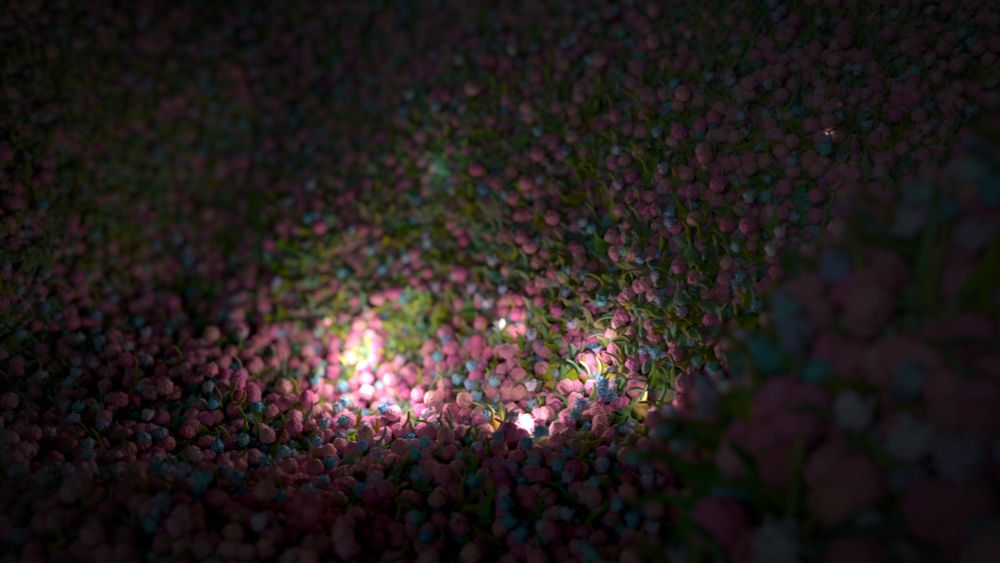
It has been an honour for me to work with you all together on this project!
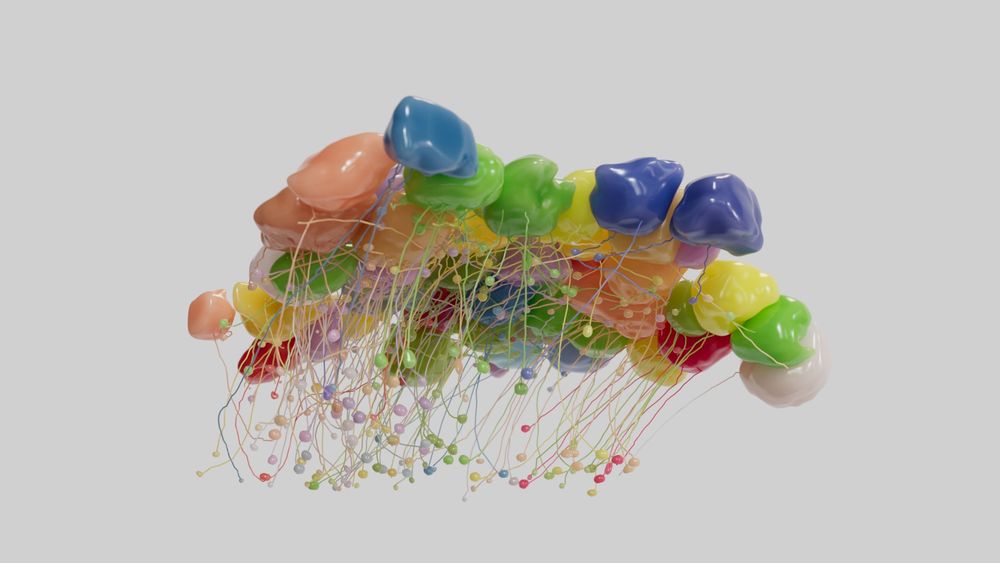
It has been an honour for me to work with you all together on this project!
To @carlesbosch.bsky.social who started the correlative workflow. To the supervisors of the project @carlesbosch.bsky.social, @apacureanu.bsky.social and @andreas-t-schaefer.bsky.social who saw the potential of synchrotron X-ray imaging and pushed for its development.
To @carlesbosch.bsky.social who started the correlative workflow. To the supervisors of the project @carlesbosch.bsky.social, @apacureanu.bsky.social and @andreas-t-schaefer.bsky.social who saw the potential of synchrotron X-ray imaging and pushed for its development.


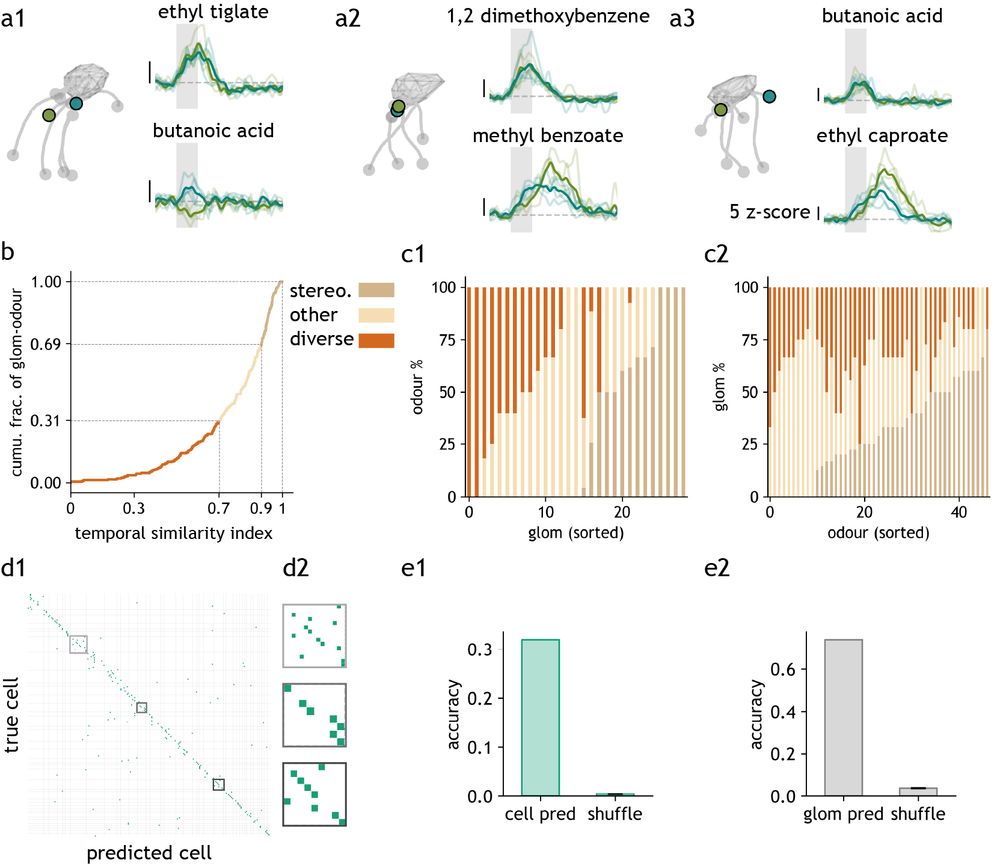
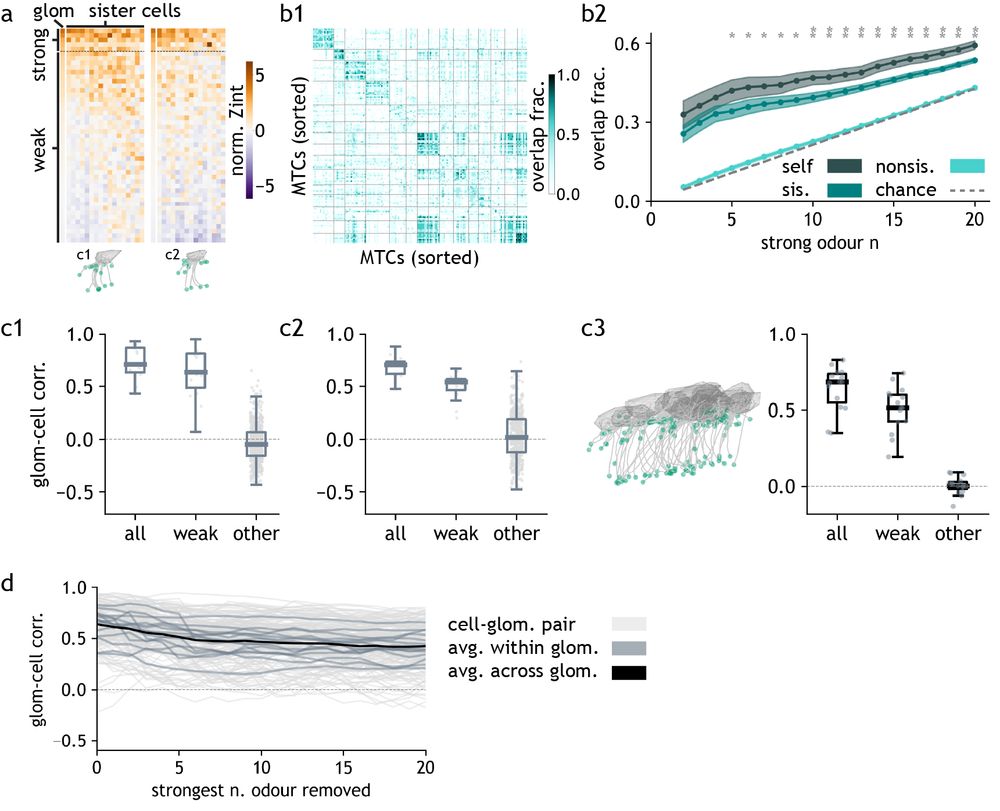
Across the 3 samples, we saw that sister cell odour tuning is by large very similar in anaesthetized mice.
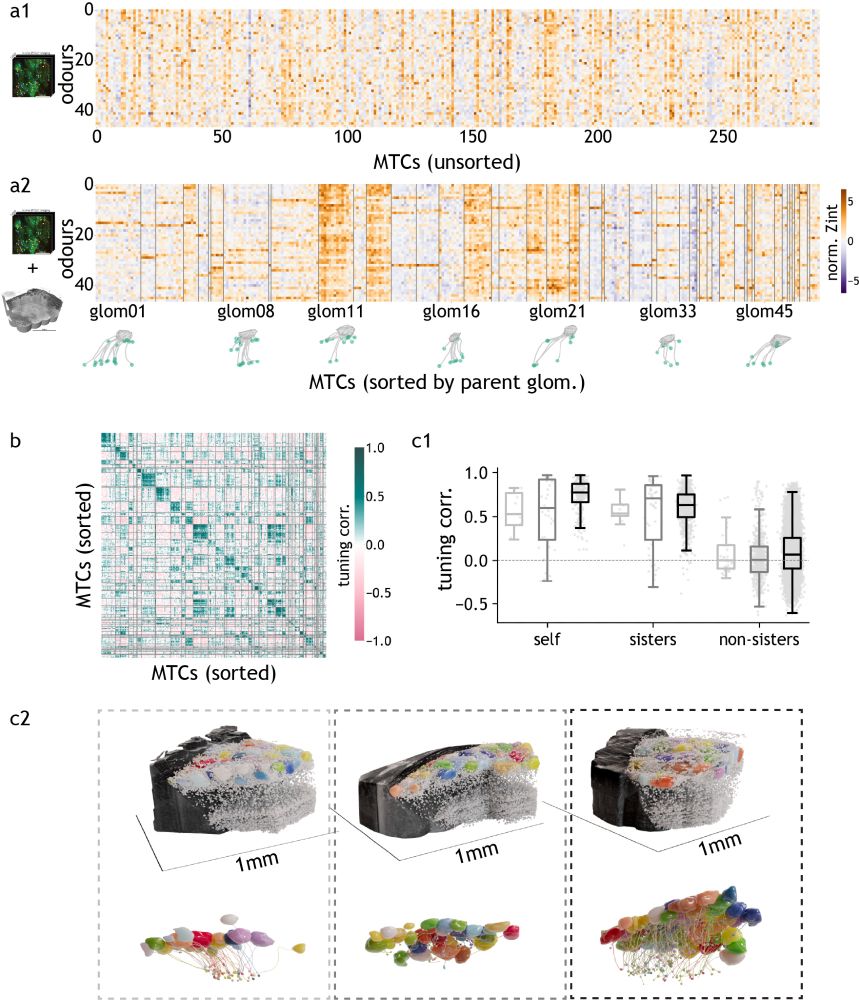
Across the 3 samples, we saw that sister cell odour tuning is by large very similar in anaesthetized mice.
Our best sample contained 289 sister cells from 50 glomeruli - that’s >2400 sister pairs. XNH gave the most unequivocal sister identification and we got the largest sister cell datasets.
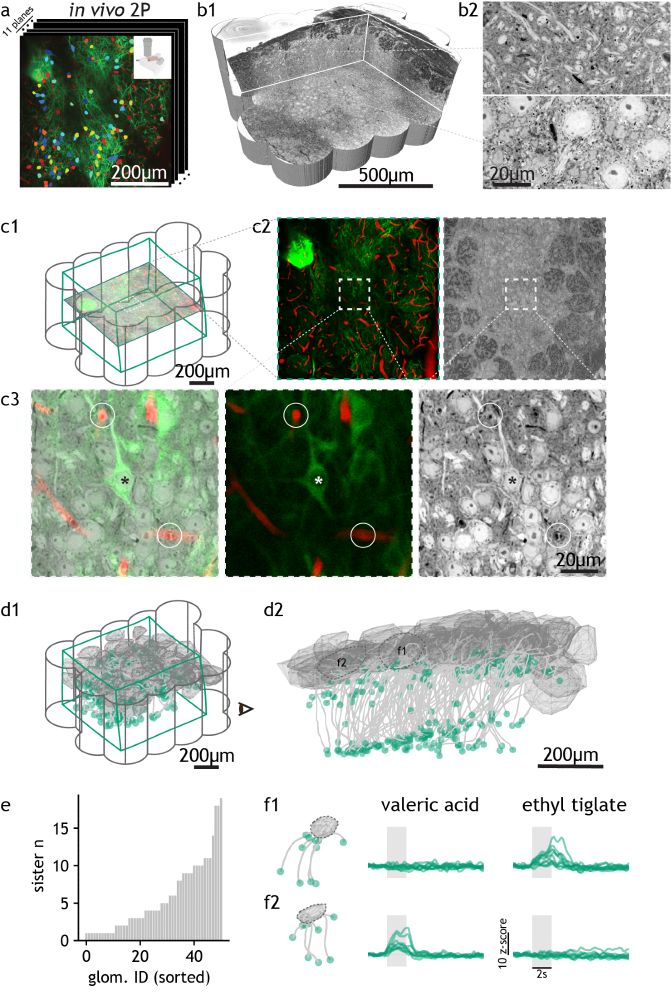
Our best sample contained 289 sister cells from 50 glomeruli - that’s >2400 sister pairs. XNH gave the most unequivocal sister identification and we got the largest sister cell datasets.
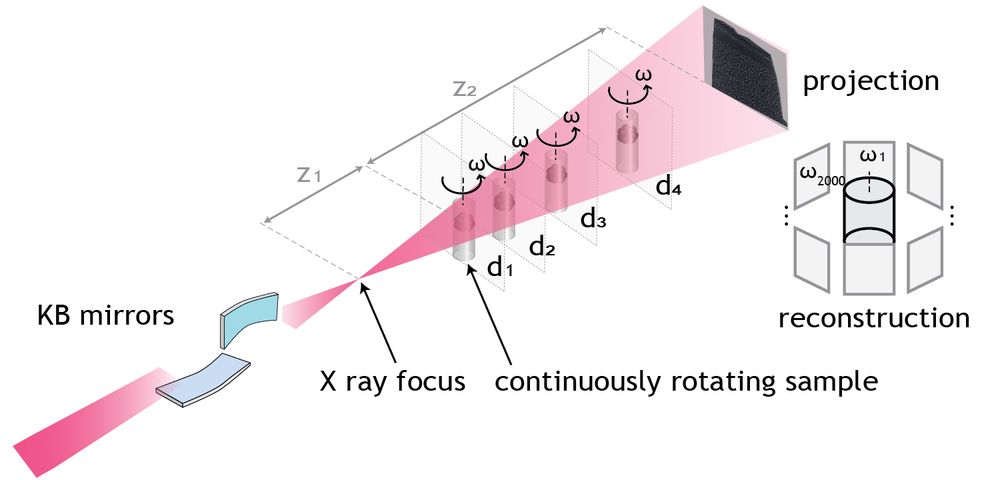
Tan 2010 doi.org/10.1016/j.ne...
Dhawale 2010 doi.org/10.1038/nn.2...
Kikuta 2013 doi.org/10.1016/j.ne...
Arneodo 2018 doi.org/10.1038/s414...
But sister cell identification remained a key challenge and the yield was low.
Tan 2010 doi.org/10.1016/j.ne...
Dhawale 2010 doi.org/10.1038/nn.2...
Kikuta 2013 doi.org/10.1016/j.ne...
Arneodo 2018 doi.org/10.1038/s414...
But sister cell identification remained a key challenge and the yield was low.
Why does the circuit diverge?
Are sister cells redundant or functional?

Why does the circuit diverge?
Are sister cells redundant or functional?

